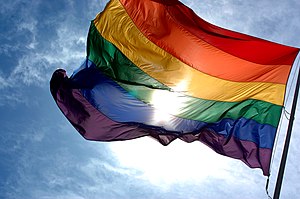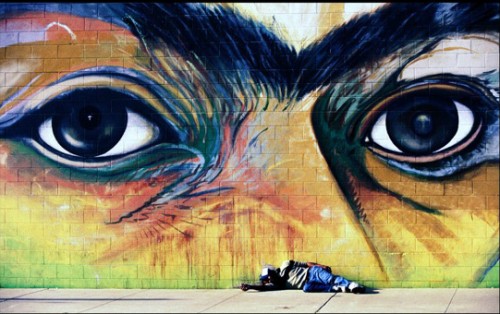In June 2010, San Antonio’s $125 million “Haven for Hope” program opened the largest and most comprehensive “transformational campus” in the U.S. It now has 15 buildings on 37 acres and nearly a half million square feet under roof. More than 80 faith-based, non-profit and government service partners work together to holistically and proactively help the nearly 2,100 residents daily. Robert Marbut was the founding President and CEO.
Haven for Hope provides hundreds of services to homeless people, including medical, dental, vision, substance abuse , mental health and podiatry clinics; classrooms for job and life skills training; and housing, legal, childcare, veterans , case-management and pet-shelter services. It also provides food, exercise, clothing, banking and transportation services. It has safe outdoor mat-sleeping zones for those not yet ready for the program. Of those who have utilized the outdoor sleeping courtyard, 797 have moved to the Transformational Campus and 126 have gone into permanent housing.
Seven hundred people live on campus and work toward jobs, homes and independence. Since the program opened three years ago, there have been 383 job placements, including 100% employment for those in the dental hygienist training program and those completing the first culinary training class. The In-House Recovery Program, which provides housing and support for those with drug and alcohol addictions, has had a 60% success rate, with a total of 240 graduates.
More than 500 individuals have completed various transformation programs and are now living independently. So successful is Haven of Hope that leaders from nearly 200 cities from 44 states have visited the campus, in hopes of implementing similar programs in their communities.
According to its brochure:
The campus is near downtown, close to existing social service facilities. It is funded through a combination of public funds (city, county and federal) as well as private donations. It represents tremendous cost savings, since it is much less expensive to treat the homeless in a center of this kind than it is through publicly funded emergency rooms or other care facilities. Haven of Hope is managed by an independent board, free of political red tape.
“Effective treatment also keeps the homeless out of the legal system and jail, and additional research shows that up to 80% of people who become homeless within a given year can exit homelessness quickly–if they get the assistance they need.
A similar, though somewhat controversial transformational center, is the 500-bed St. Petersburg Safe Harbor program. Robert Marbut, who has studied homelessness in hundreds of cities, was its paid consultant, and Sarasota is contemplating hiring him for a similar approach there.
St. Petersburg’s huge homeless problem became national news when a video of its police officers with box cutters slashing up a makeshift tent city near downtown went viral.
To promote his centers, Marbut has backed panhandling bans, spoken of limiting the frequent public feedings downtown by churches and charities that had become a magnet for the homeless, and supports sending those caught sleeping on sidewalks, having open alcohol containers or relieving themselves in public to Safe Harbor—instead of jail.
Most controversial is the revelation that St. Petersburg—which has seen the homeless population downtown drop from hundreds to only a few dozen—has been giving homeless people bus tickets to other cities. So, while its homeless count has dropped, Sarasota’s has increased.
According to Sarah Snyder, executive director of the Pinellas County Coalition for the Homeless, a group that develops policy and determines how federal grant money is distributed countywide:
I think Safe Harbor is part of the answer, but I don’t think it’s the whole answer. We can’t force people to become better. We can only show them how much better their lives could be if they made some changes.






















 Over half of Detroit’s homeless are at risk of dying on the streets from freezing cold or violence—a far greater percentage than in any other US city. Interviews conducted via
Over half of Detroit’s homeless are at risk of dying on the streets from freezing cold or violence—a far greater percentage than in any other US city. Interviews conducted via 









































